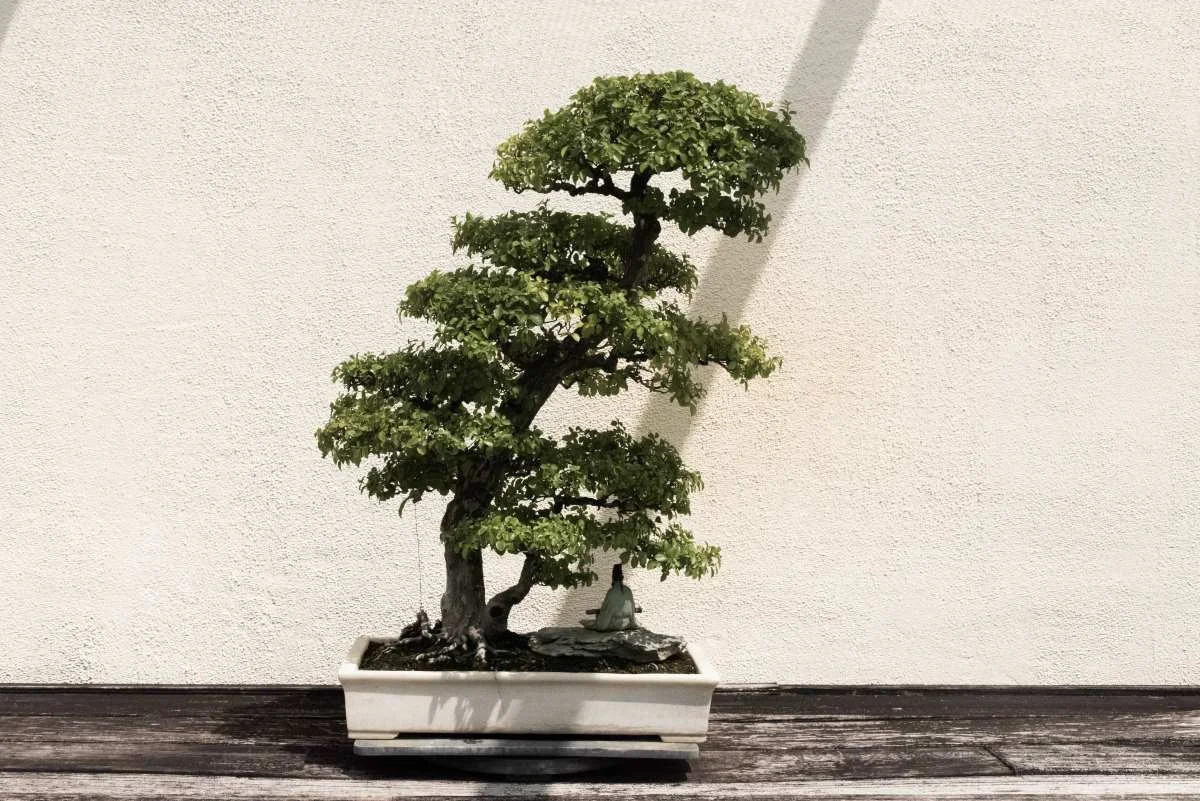One growing trend is taking root—literally, in today’s architecture. People are rediscovering the therapeutic power of nature by welcoming it into their homes. The integration of plants into interior spaces is not merely a decorative choice. Whether you live in a subdivision in Dasmarinas or in a condo in Tagaytay, it’s a lifestyle that promotes well-being, tranquility, and sustainability.
The Green Revolution
The concept of integrating plants into interior design is not a new one. Indigenous cultures have long understood the profound connection between humans and the natural world, incorporating greenery into their homes as a way to maintain harmony with nature. Today, this practice is making a resurgence as more people seek a respite from the hustle and bustle of city life.
Scientifically Proven Benefits
Beyond aesthetics, science supports the idea that caring for interior plants has a positive impact on our physical and mental health. Several studies have shown that indoor plants improve air quality by purifying the air of toxins and increasing humidity, and they are also easy to care for. This not only makes our homes healthier but also enhances our overall well-being.
Furthermore, the presence of greenery indoors has been linked to reduced stress, increased productivity, and improved concentration. As we spend an increasing amount of time indoors, especially in urban settings, interior plants offer a natural remedy to counteract the negative effects of a sedentary lifestyle and digital overload.
The Art of Plant Selection
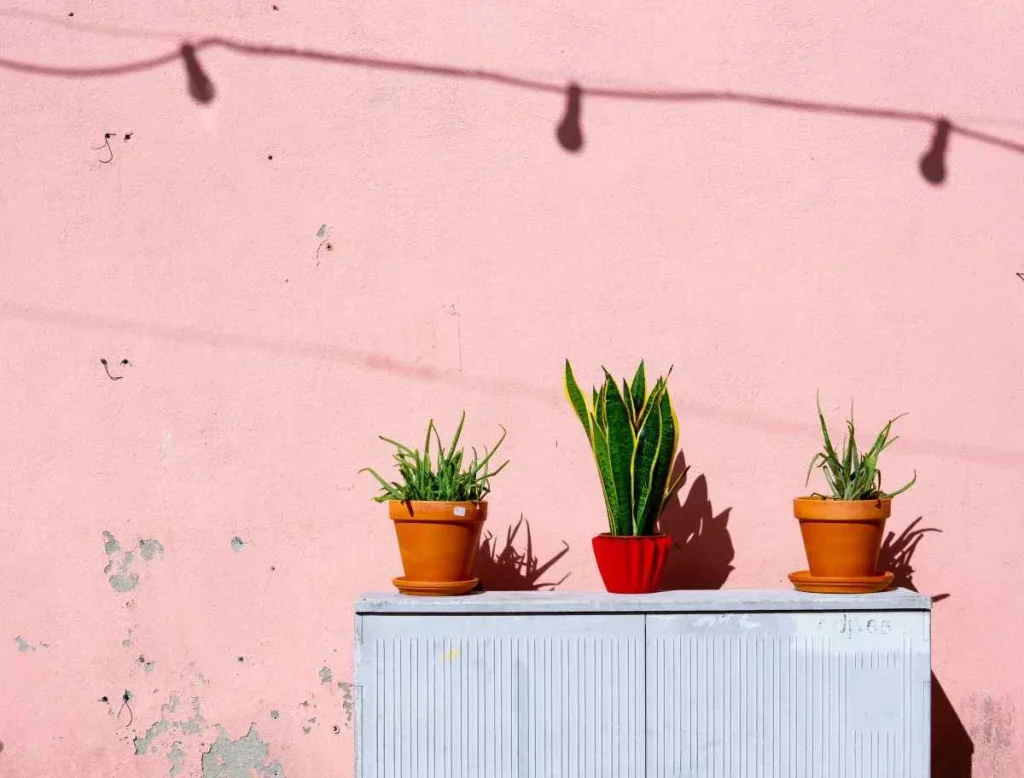
The key to successful interior plant integration lies in selecting the right plants for your space. Consider factors such as lighting, humidity, and available space. Low-light plants like snake plants, pothos, or ZZ plants thrive in areas with minimal natural light, making them ideal for bedrooms or offices. On the other hand, if you have a sunlit living room, a colorful array of succulents or a fiddle leaf fig tree can transform your space into a green oasis.
For small apartments or homes with limited floor space, vertical gardens, and hanging planters provide creative solutions. These innovative ideas allow you to maximize your indoor garden without sacrificing precious square footage.
The Art of Care
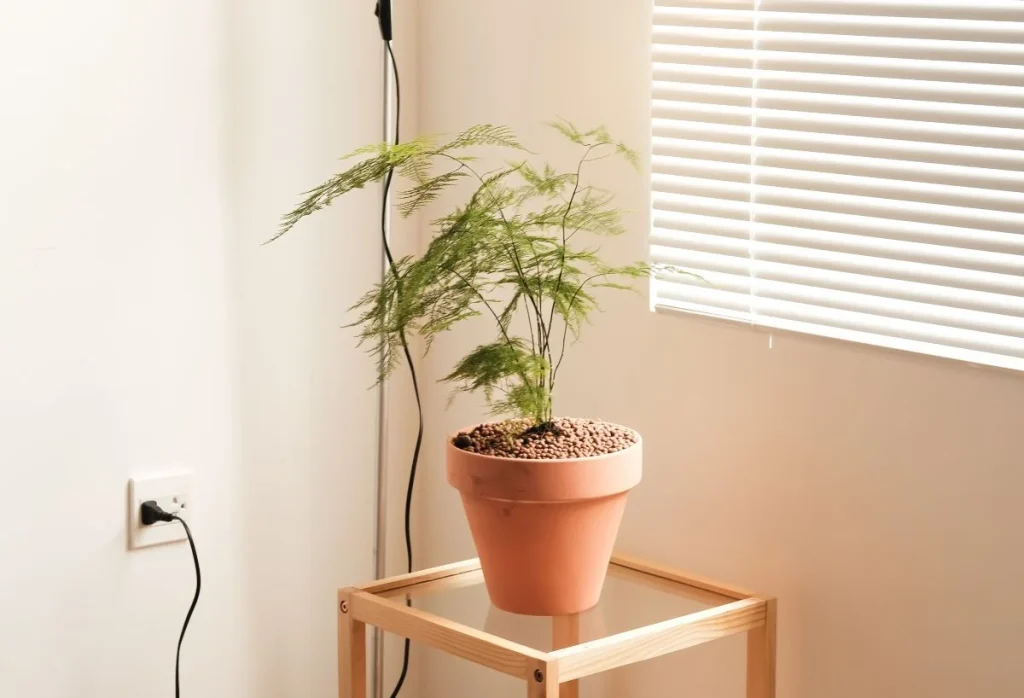
Caring for indoor plants can be a therapeutic and rewarding experience, but it’s crucial to understand their specific needs. Proper watering, adequate sunlight, and the right type of soil are essential for their health. Luckily, there are countless resources, online communities, and even plant care apps available to guide both novice and experienced plant enthusiasts on this journey.
Design Aesthetics and Personal Expression
In addition to the numerous health benefits, interior plant integration is a versatile design tool that allows homeowners to express their personal style. Plants come in various shapes, sizes, and colors, making them adaptable to any interior decor theme, from minimalist and modern to bohemian and eclectic. The pots, planters, and shelves used to display them also offer opportunities for artistic expression, allowing individuals to curate unique and visually appealing green spaces.
What are Japandi Style Plants and Why They’re Good For Your Home
With plant integration in mind, a captivating fusion of styles is emerging as a breath of fresh air. “Japandi” style, a harmonious blend of Japanese and Scandinavian influences, has been gaining popularity for its minimalistic elegance, functionality, and deep appreciation for nature. At the heart of this trend lies the choice of plants, carefully selected to embody the essence of balance and simplicity. Homeowners should not miss exploring the world of Japandi-style plants and why they’re the best choice for creating a tranquil, aesthetically pleasing home environment.
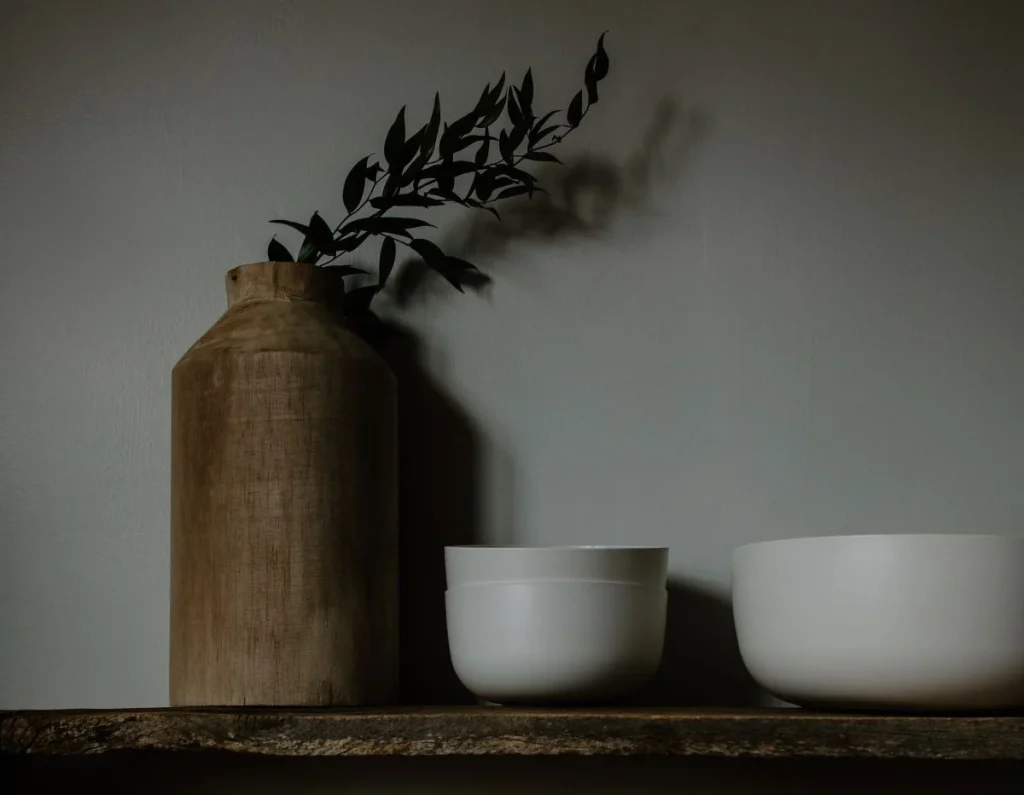
Japandi Style: A Marriage of Cultures
Before diving into the world of Japandi-style plants, it’s essential to understand the ethos behind this design trend. Japandi style combines the timeless principles of Japanese minimalism with the cozy, rustic charm of Scandinavian design. The result is a space that embodies tranquility and functionality while maintaining an uncluttered and visually appealing atmosphere.
The Zen of Japandi-Style Plants
One of the defining characteristics of the Japandi style is its strong connection to nature. In this design philosophy, plants are not mere decorations but integral to creating a balanced and harmonious living space. Here’s why Japandi-style plants are the perfect choice for your home:
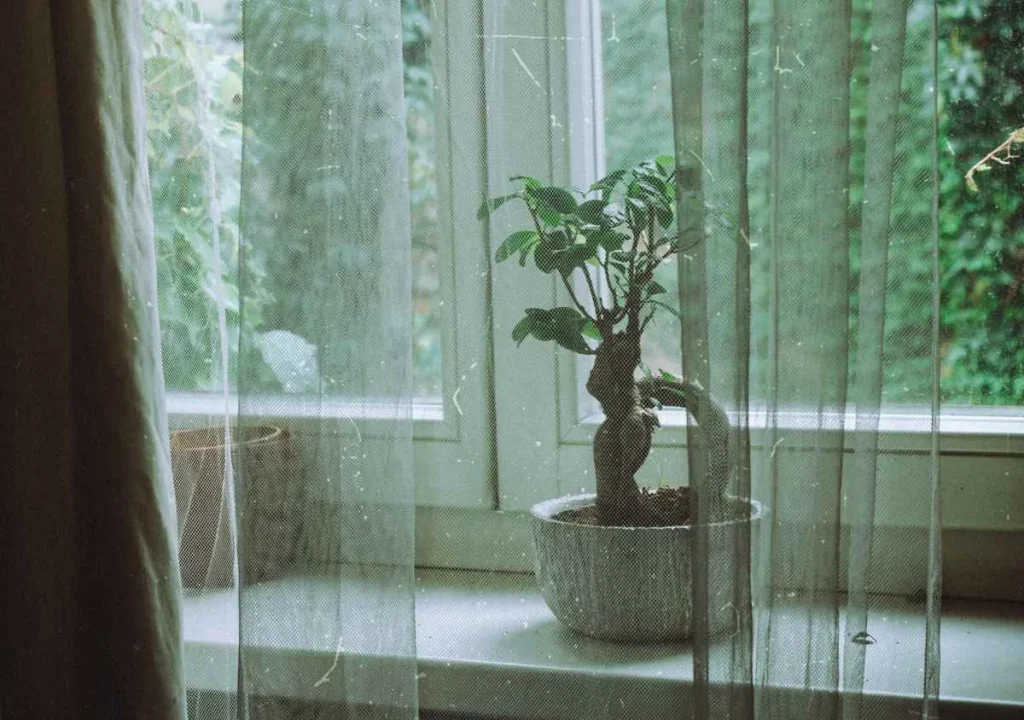
Minimalistic Elegance
When it comes to simplicity and elegance, Japandi-style plants are chosen for this aesthetic. Typically, these include varieties like the snake plant (Sansevieria), the peace lily (Spathiphyllum), or the bonsai tree. Their clean lines and unassuming beauty complement the minimalist aesthetic of Japandi interiors.
Natural Color Palette
Japandi style embraces a natural color palette dominated by earthy tones like muted greens, warm grays, and soft browns. Japandi-style plants, with their lush green foliage, seamlessly fit into this color scheme, enhancing the overall tranquility of your space.
Bringing the Outdoors In
In both Japanese and Scandinavian cultures, there is a deep reverence for the natural world. Japandi-style plants help bridge the gap between indoor and outdoor living by infusing your space with a touch of nature’s serenity.
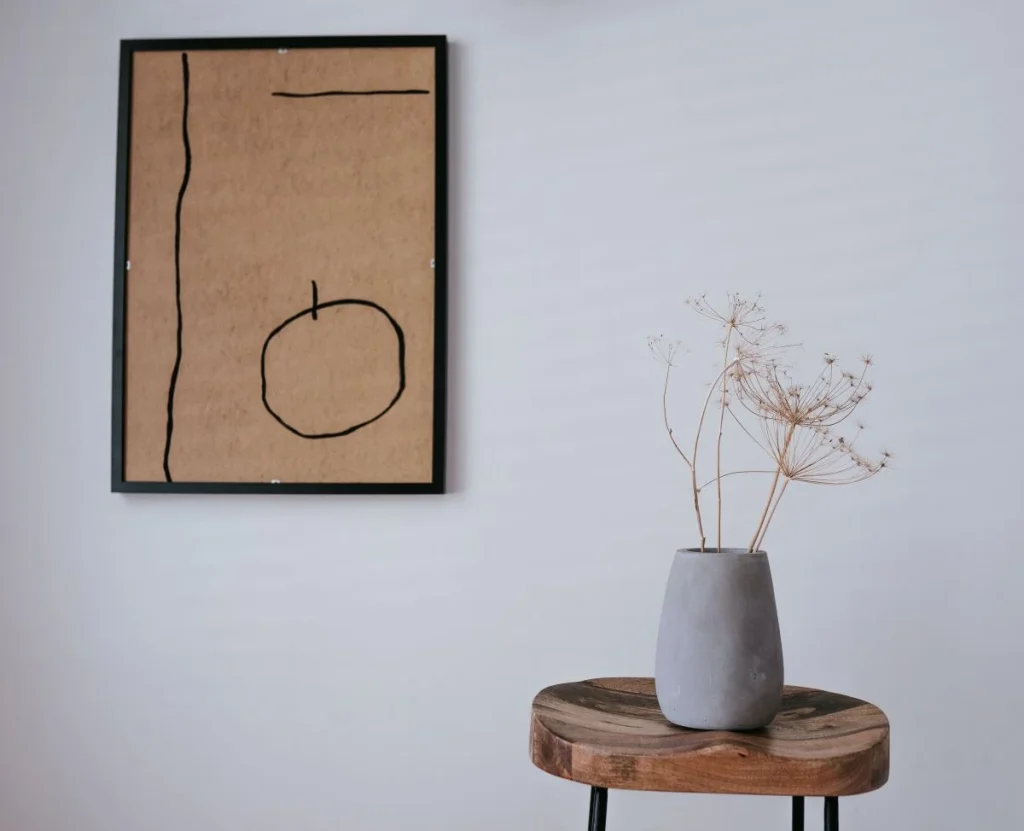
Balancing Yin and Yang
Japandi design principles emphasize the balance between opposing forces, often referred to as yin and yang. Plants, with their living energy and calming presence, contribute to this equilibrium, promoting a sense of well-being and harmony within your home.
Low Maintenance
Many Japandi-style plants are known for their resilience and low maintenance requirements, making them a practical choice for busy lifestyles. They thrive in minimal care environments, allowing you to enjoy their benefits in high-end homes like a condo in Tagaytay without the stress of high-maintenance upkeep.
Air Quality Improvement
Just as the Japandi style seeks to create a harmonious space, the plants also improve the air quality in your home. They help remove toxins, increase humidity, and oxygenate your living space, contributing to a healthier and more refreshing environment.
Creating Your Japandi Oasis
To embrace the Japandi style in your home, start by selecting the right plants. Incorporate elements of nature-inspired decor, such as wooden furniture and minimalistic accents. Soft textiles, such as linen and wool, in neutral colors, can add warmth and coziness. Keep your space uncluttered and open, allowing the simplicity and beauty of your Japandi-style plants to shine.
Japandi Style Indoor Plants are More than Just a Decoration

Japandi-style plants are more than just decoration; they are essential components of a design philosophy that promotes balance, tranquility, and a deep connection to nature. Whether you live in a bustling urban apartment or a tranquil countryside retreat, Japandi-style plants can transform your home into an oasis of serenity and style. Embrace the fusion of Japanese and Scandinavian design, and let the beauty of nature flourish within your living space.
Related Blog: The Philosophy of a Genkan or Mudroom in a Home


